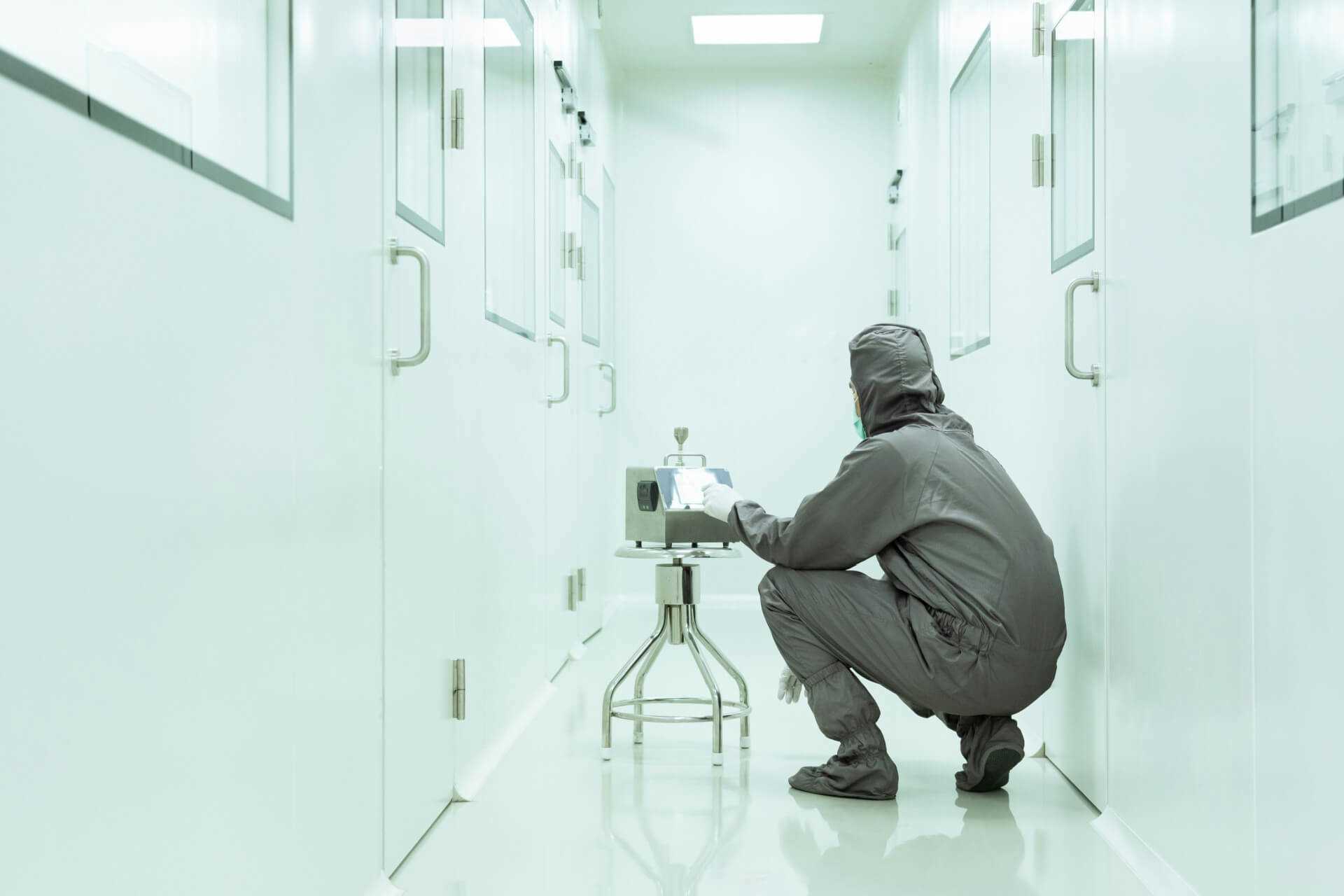
The Impact of Regulatory Changes on Cleanroom Operations
Regulatory standards for cleanrooms are continually evolving, reflecting new scientific understanding and technological advancements. These changes are crucial for maintaining product safety and efficacy, particularly in industries like pharmaceuticals, biotechnology, and electronics manufacturing, where controlled environments are essential. This post examines recent regulatory changes and their implications for cleanroom operations.
Increased Stringency in Particle Monitoring
Recent updates to standards have placed a greater emphasis on the frequency and methodology of particle monitoring. Regulations now often require more detailed documentation and real-time particle monitoring to ensure ongoing compliance with cleanliness standards. This change necessitates upgrades to monitoring equipment and may increase operational costs, but it significantly enhances product quality assurance.
Enhancements to Personnel Protocols
Regulations concerning personnel behaviour and procedures in cleanrooms have also tightened. There is now a greater focus on training, gowning procedures, and personnel cleanliness. These changes aim to reduce human-borne contamination, one of the most significant risks in cleanroom environments. Facilities must invest in better training programs and monitoring systems to ensure compliance.
Broader Scope of Contamination Control
Regulatory bodies are broadening the scope of contamination control to include not only particulates but also microbial and chemical contaminants. This comprehensive approach requires cleanrooms to integrate more sophisticated contamination control technologies, such as advanced air filtration systems and chemical vapour sensors, ensuring a holistic clean environment.
Regulatory Emphasis on Sustainable Practices
While sustainability isn't the primary focus, some new regulations encourage or mandate the use of energy-efficient technologies and the reduction of waste in cleanroom operations. This shift reflects a broader societal push towards environmental responsibility, affecting how cleanrooms are designed and operated.
Adapting to Global Standards
With the globalization of manufacturing and supply chains, cleanroom operations must now often comply with international standards, which can vary significantly from local regulations. This global perspective requires companies to be flexible and knowledgeable about different regulatory environments to ensure uninterrupted access to international markets.
